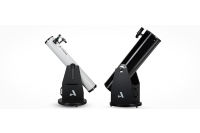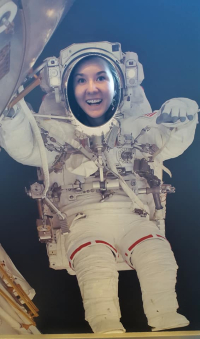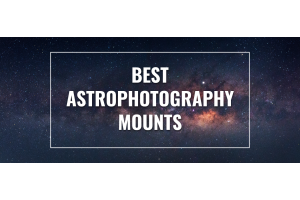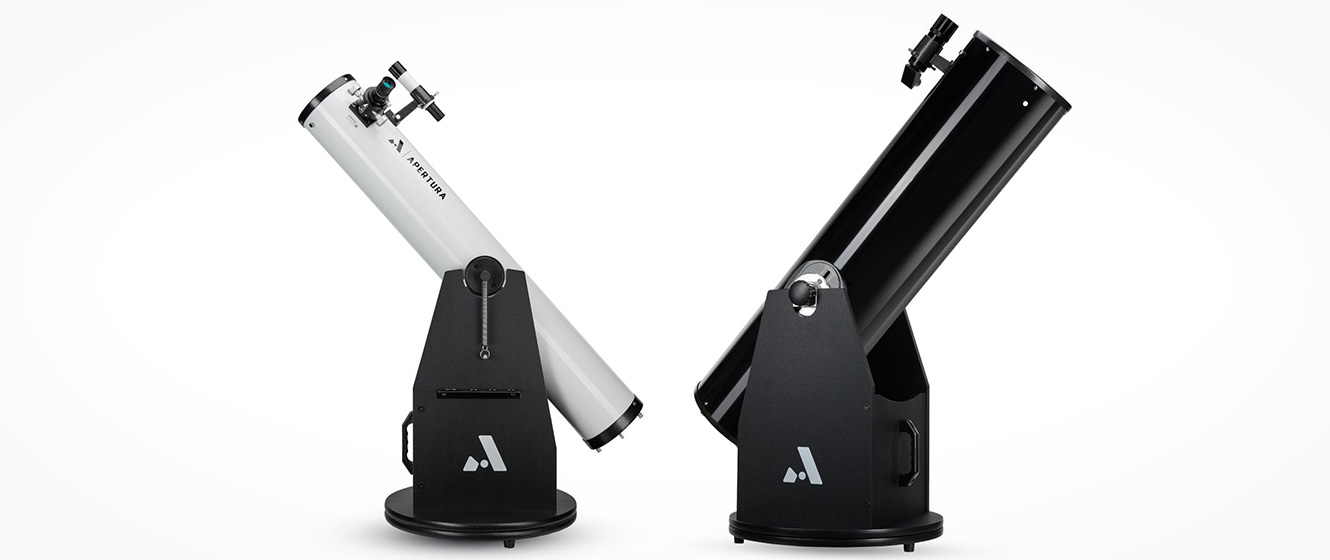
A Dobsonian telescope is one of the best options for beginning backyard or sidewalk astronomers. The simple design makes it a fantastic choice for anyone wanting to make the jump to a larger mirror than they are already using. There are several reasons for this, which we will explore in more detail below.
Dobsonian Telescope Mounts Are More Affordable
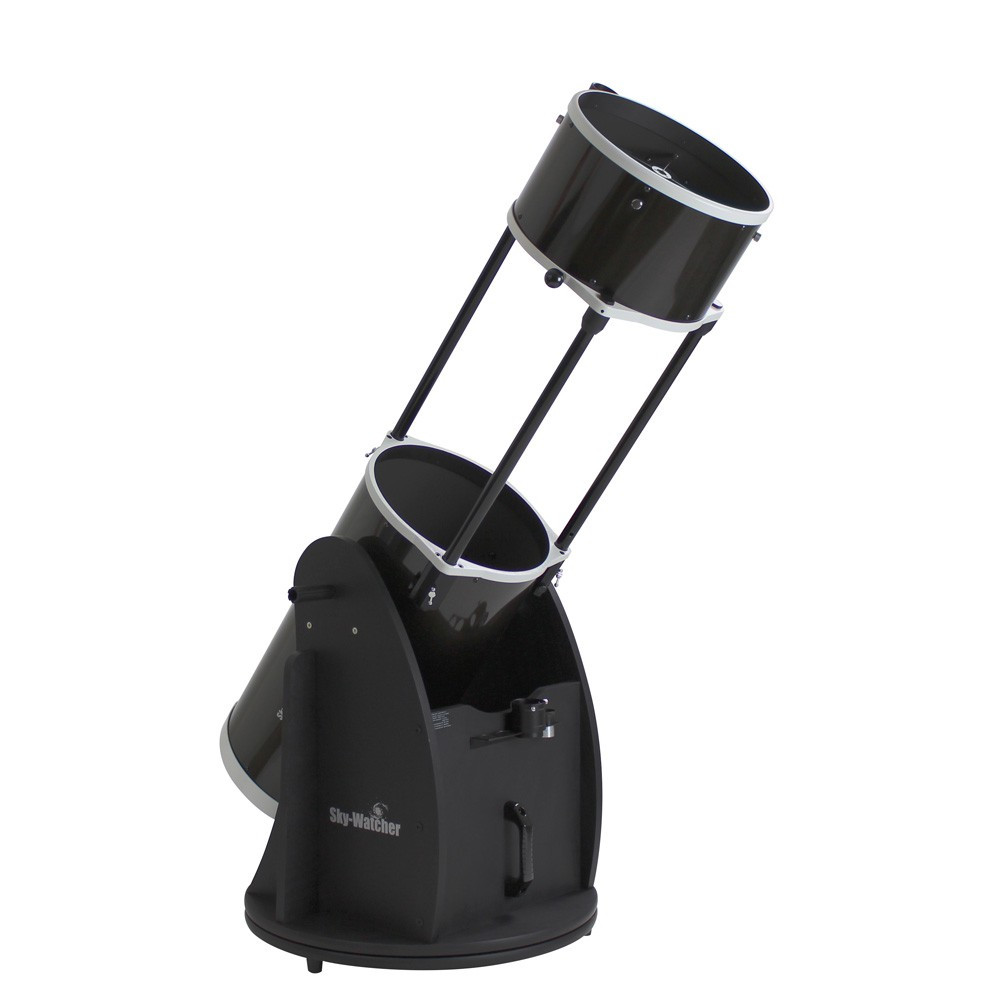
One of the primary reasons that many astronomers love Dobsonian telescopes for their night-sky observation is cost. Simply put, a Dobsonian mount is generally cheaper to make than an equatorial mount or even a fine-tuning alt-azimuth mount.
As a result, individuals can invest in optics, which is ultimately at the heart of deep-sky observing. Specifically, larger mirrors gather more light. More light gathering means seeing fainter objects. Many of the most interesting deep-sky objects have details that can’t even be seen with smaller optics, especially not by discount store refractors.
The Dobsonian telescope is quite simple, using the design first introduced by Sir Isaac Newton. A Newtonian reflector consists of a large concave mirror focusing incoming light to a smaller flat mirror which then focuses into an eyepiece. This optical simplicity also contributes to reduced costs compared to other telescope designs.
Dobsonian Telescope Mounts Are Easy to Set Up and Use
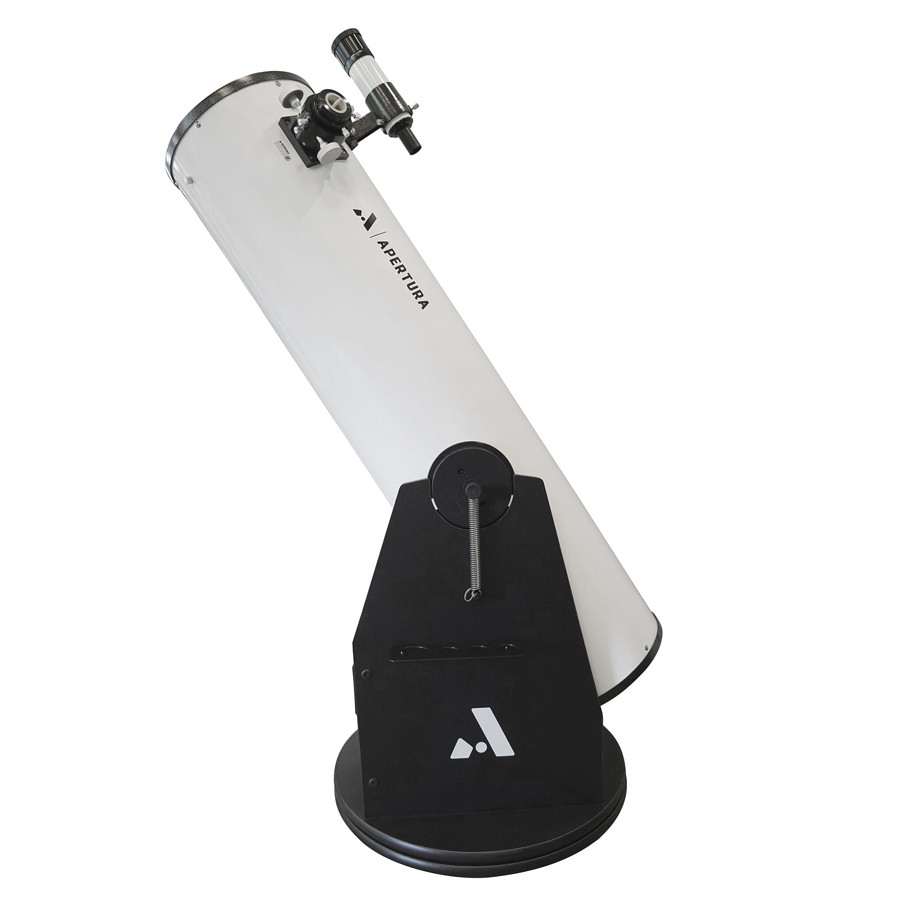
Unless you’re shopping for a computer-controlled or GoTo telescope, ease-of-use is going to be an issue that must be considered. A Dobsonian is intuitive and easy to operate, which is another reason why it makes such an excellent telescope for beginners.
Manually setting up an equatorial mount can be challenging for beginners. Some have problems finding the celestial pole, especially those in the Southern hemisphere. Sky glow or light pollution can also have a detrimental effect on easily finding the pole. Once an equatorial mount is set up for the evening’s viewing session though, the results are well worth the trouble of learning how to do it.
Dobsonian telescope mounts are a type of alt-azimuth mount, but there are some key differences from the alt-azimuth mount that comes on a tripod. A Dobsonian mount is so easy to set up and use, it feels like second nature. All a person needs to do is grab the scope and move it in the right direction.
Since the heaviest part of a Dobsonian telescope is near the bottom of the mount, the physical effort required for moving even a very large telescope is minimal, another thing that makes a Dobsonian an ideal telescope for beginners.
DIY Dobsonian Telescopes
For amateur astronomers that are beyond the beginner stage, making their own telescope is one of the more rewarding endeavors that can be attempted. Among the reasons for building your own telescope is to increase the reach of your existing astronomical equipment. (While rewarding, a DIY Dobsonian telescope can be quite difficult and time consuming to build. It’s often more a ‘labor of love’ than it is a way to get started with astronomy or save money on a new telescope.)
DIY telescope building is how the Dobsonian telescope design came into existence in the first place. John Dobson was an avid amateur astronomer who enjoyed sharing his love of the night sky with just about anyone who would listen. In order to make astronomy more accessible to the “common man” by means of sidewalk astronomy events, he promoted a simple and easy to make telescope design he had developed over years of making his own.
At most current amateur astronomical events or star parties, many of the largest telescopes on site are likely to be Dobsonian telescopes. Viewing the heavens through a Newtonian that is two or three times bigger in diameter than beginner optics in an easy to maneuver Dobsonian mount often results in creating a passion for these marvelous instruments.
Computerized Dobsonian Telescopes (GoTo)
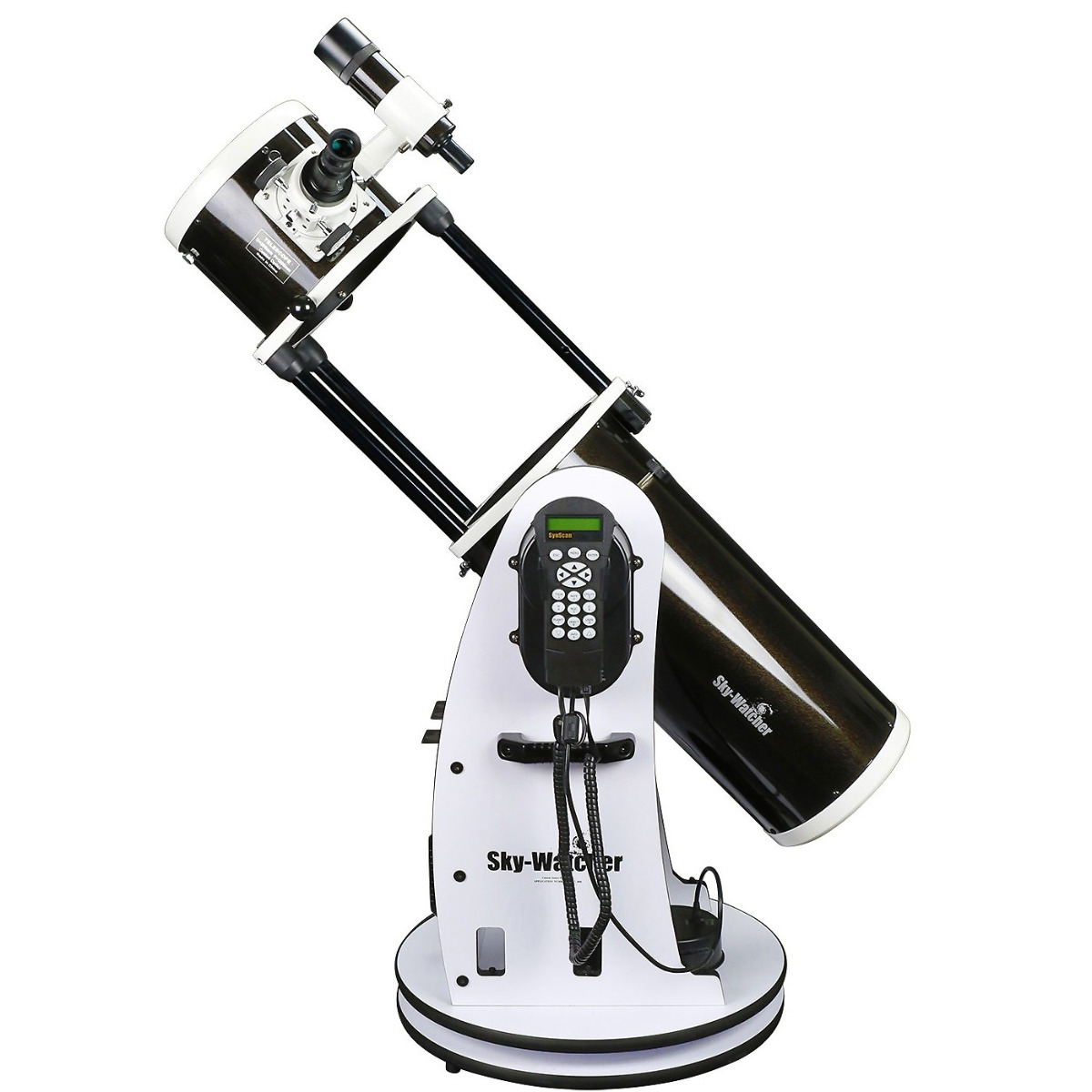
Advances and refinements in consumer electronics have benefitted the world of amateur astronomy. Now, one can find large mirror Newtonians in a Dobsonian mount that are able to automatically find popular deep-sky objects, as well as accurately compensate for rotational drift.
A commercially manufactured Dobsonian telescope with computer guidance combines the best of simple design with advanced functions and capabilities, all while keeping the costs reasonable for the budgets of very interested beginner amateur astronomers.
Why Does a Dobsonian Make a Great Beginners Telescope?
A Dobsonian telescope balances great light gathering ability with ease-of-use and generally lower out-of-pocket expense. All things considered, a Dobsonian might be the perfect choice for anyone who has recently caught the astronomy bug!
If you’re looking for the right Dobsonian telescope for beginners, we recommend our line of Apertura telescopes: The AD8, AD10, and the AD12 all include two eyepieces, a laser collimator, a Crayford focuser, a moon filter, and a finder scope. These telescopes also feature altitude adjustment bearings that allow you to balance as well as tension the movement and a metal bearing disc plate for the azimuth movement.
Need help selecting the best Dobsonian telescope for beginners? Contact our non-commissioned product advisors at 800-266-9590 or at [email protected]. With over 115 years of experience in the Astrophotography field between us, we're committed to supporting you on your astronomy journey!
Click the arrow above to see MLA, APA, and Chicago Manual of Style citations.
MLA:
Antonuccio, Sara. "Dobsonian Telescope for Beginners," AstronomyHub, High Point Scientific, 18 Jul. 2023, https://www.highpointscientific.com/astronomy-hub/post/dobsonian-telescope-for-beginners.
APA:
Antonuccio, S. (2023, July 18). Dobsonian telescope for beginners. High Point Scientific. https://www.highpointscientific.com/astronomy-hub/post/dobsonian-telescope-for-beginners
Chicago Manual of Style:
Bibliography:
Sara Antonuccio. "Dobsonian Telescope for Beginners," AstronomyHub (blog), High Point Scientific, July 18, 2023. https://www.highpointscientific.com/astronomy-hub/post/dobsonian-telescope-for-beginners.
Footnote:
Sara Antonuccio, "Dobsonian Telescope for Beginners," AstronomyHub, High Point Scientific, July 18, 2023, https://www.highpointscientific.com/astronomy-hub/post/dobsonian-telescope-for-beginners.
This Article was Last Updated on 07/18/2023





